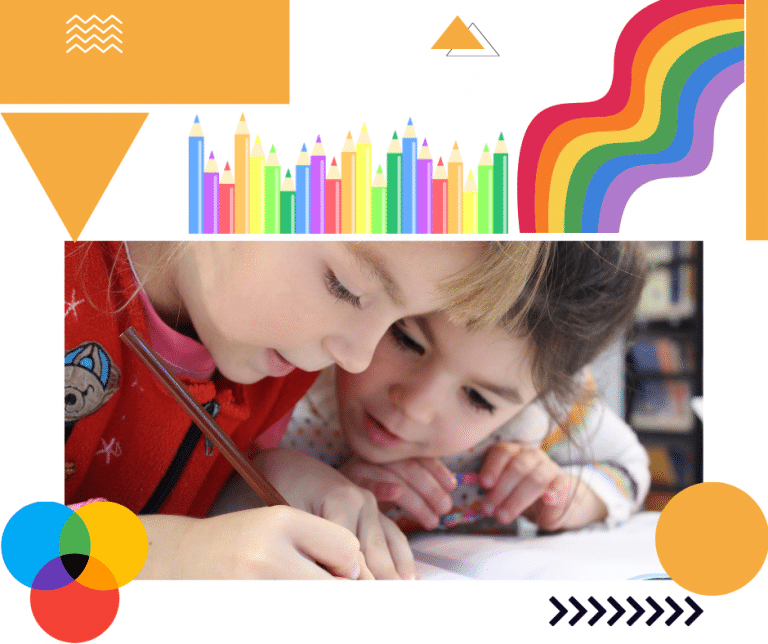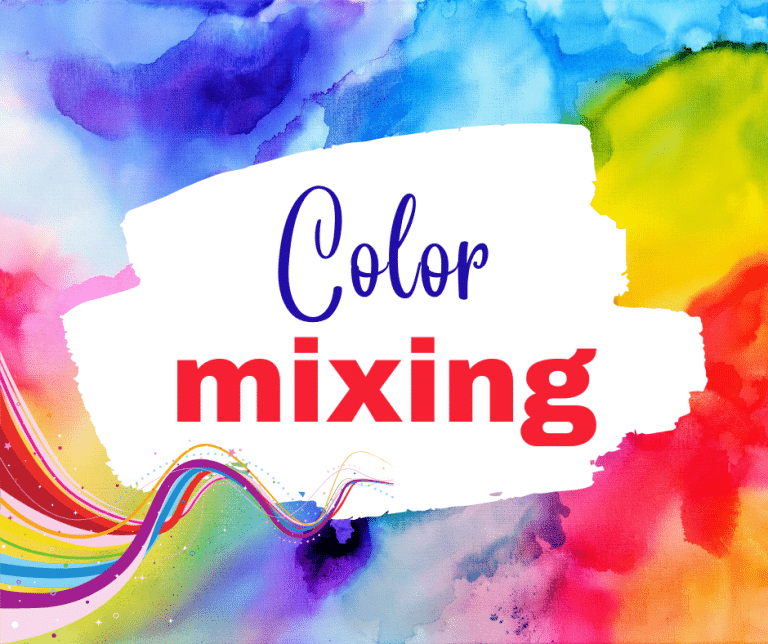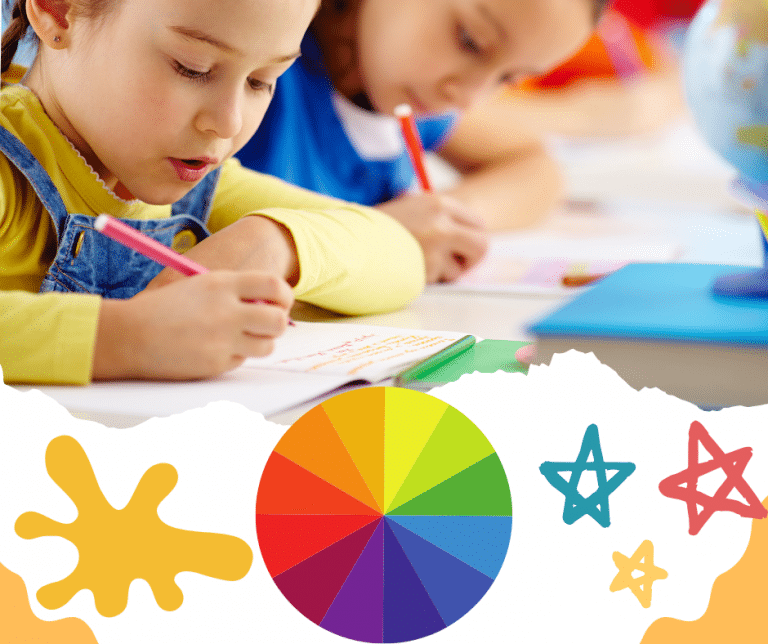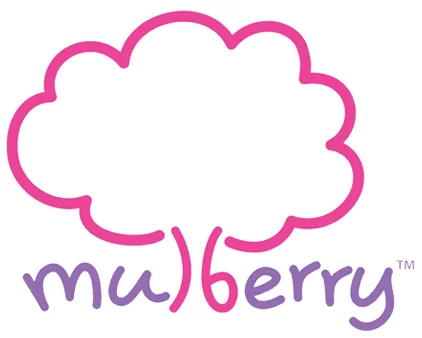Teaching Preschooler Shapes and Colours in a Fun and Creative Way
Teaching Preschooler Shapes and Colours in a Fun and Creative Way

Children can easily get distracted by the many things around them. They tend to focus more on activities that are fun and exciting. To teach young children, especially preschoolers, about colours and shapes, parents should use creative methods to make learning engaging and memorable.
How can children learn colours and shapes most naturally? The answer is through games that stimulate their curiosity and discovery.
This article offers helpful ideas and engaging activities for young children to explore and develop their understanding of colours and shapes.
Why teach shapes and colors to preschoolers?
As a parent, you can help your children’s cognitive development by teaching them about colours and shapes. These basic concepts are essential for their mathematical abilities.
Recognizing and differentiating between various shapes and colours fosters crucial cognitive connections and distinctions. It’s a significant milestone in your child’s developmental journey, and parents can play a pivotal role in helping them reach it through engaging and imaginative methods.
Shapes are an early introduction to geometry, which lays the groundwork for understanding more complex mathematical concepts. Children can comprehend notions like symmetry, angles, and spatial relationships by familiarising themselves with shapes.
Colours are a fundamental component of artistic expression. Teaching preschoolers about colours empowers them to embark on a journey of creative exploration through art and self-expression. As they learn to blend colours and craft visually captivating artwork, they hone their artistic abilities and foster a deeper connection with their creative side.
Funny and creative ways to teach Shapes and Colors to your preschoolers
A great way to teach your child about colours is by creating a colourful environment around them. The challenges 3- to 5-year-old children face are usually very simple, such as choosing between blue or yellow shoes or wearing a red or purple shirt. These everyday moments can be turned into fun and engaging opportunities to learn about colours.
Here are some funny and creative ways to teach colors and shapes:
1. Show children colors and shapes – repeatedly:
• At a young age, it’s essential to repeatedly show preschoolers the colours and shapes they encounter outside and at home to aid in memory retention.
• For example, during your interaction with your child, you can use phrases such as “Can you locate the blue circle?” or “This is a red square.” By doing so, your child can establish correlations between the shapes and colours, enhancing their learning experience.
2. Instruct children to mix colors:

• Encourage your children to mix basic colours like red, blue, and yellow to create new ones.
• For example, show how red and blue paint can be mixed to create purple. Let your child mix colours and see the magical transformations.
• Then, you and your child can mix the colours with white or black to create new lighter or darker shades. Children will surely be thrilled to create vivid hues.
3. Play the color and shape-sorting game:
• Parents can give children a fun sorting activity by mixing buttons or plastic beads of different colours and requesting them to sort them into various baskets.
• Alternatively, parents can encourage their children to explore their collection of food containers by identifying shapes such as squares, circles, and rectangles and arranging them accordingly. This simple exercise can turn bowls, plates, milk containers, and water bottles into an intuitive and effective teaching tool.
4. Arts and Crafts:
• Encourage children to express their creativity by providing them with coloured paper, play dough or paint.
• You can cut out different shapes from the coloured paper and let them arrange and glue them onto a larger sheet of paper to create unique artwork. The possibilities are endless – they can make animals, vehicles, robots, or even abstract designs.
5. Shape and Color Hunt:
• A fun activity for children is to hide various coloured shapes around the house or classroom and have them search for them.
• Parents or teachers can create a scavenger hunt game where preschoolers have to locate objects of different colours in their surroundings. They can be given a list of items or shown a coloured card and tasked with finding something that matches that hue.

6. Colorful Dress-Up Day:
• Dedicate a day for children to dress up in their favourite colour and encourage them to wear clothes with shapes.
7. Fun bath time:
• Fill your child’s bathtub with brightly coloured balls and toys. You can involve your child by letting them choose the colour of the toys.
• Your child will enjoy playing with the yellow duck swimming in the bathtub or the orange toy boat floating on the water. You can add any of your child’s toys to bath time and ask them to identify the colours by naming them. Bath time will be so much fun!
Conclusion
Encouraging preschoolers to integrate shapes and colours into their daily routines through play, exploration, and educational activities can lay a solid foundation for their future learning and development. It is a crucial aspect of early childhood education that fosters cognitive and creative growth.
Let your kids have fun while learning about colours and shapes is essential. Since children learn best through play, it’s not necessary to focus too much on right or wrong but rather to inspire and bring joy to your child. By looking at the world from a child’s perspective, parents can discover numerous ways to help their child explore things in a way that they enjoy.
Mulberry School Tour
Our Locations
Click here to visit our Contact Us page and view the preschool/infant care centres conveniently located near you.
CONNECT WITH US
USEFUL LINKS
About Us
Mulberry Learning prides itself on making the preschool experience both memorable and enjoyable while transforming a child into a competent explorer, an imaginative thinker, and a creative problem solver. Through our proprietary award-winning curriculum, unique Habits of Mind programme and dedicated staff who are passionate about imparting positive attitudes, Mulberry Learning holds strong in its promise to deliver a holistic education that nurtures the Future Ready Child.
A PREMIUM PRESCHOOL BRAND UNDER GLOBAL EDUHUB


